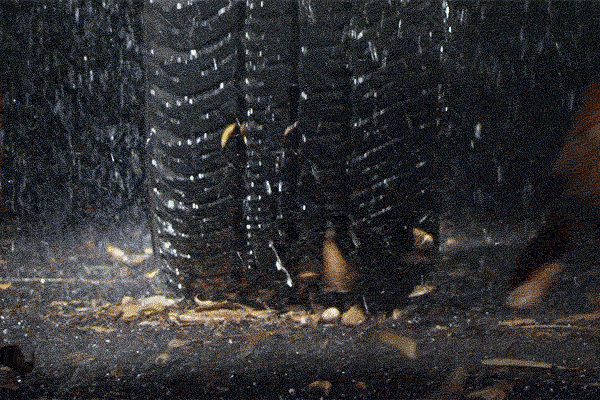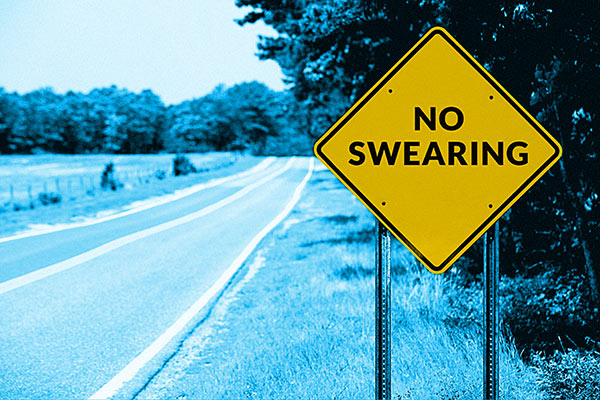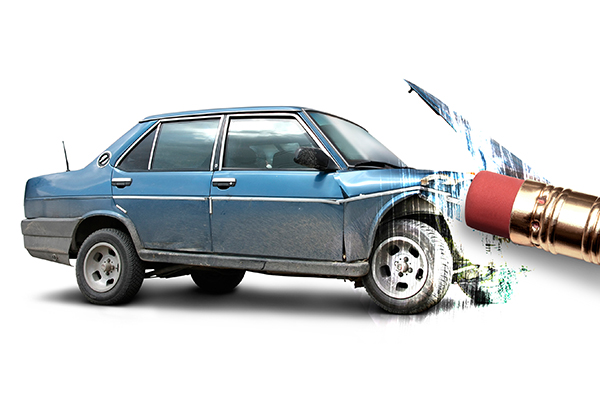The holiday season is a wonderful time to hit the road for a visit with family and friends. But it often means long drives in heavy traffic. To help you stay safe (and sane) on the road to your destination, here’s a list of defensive driving tips to prepare you for the drive.
Planning: The First Line of Defense
According to the National Safety Council (NSC), defensive driving means taking reasonable action to prevent a collision. But defensive driving starts before you even get on the road. Checking weather and road conditions in advance helps you plan a route and know what to expect along the way. It’s also important to pack the car with basic supplies. A first aid kit, flares, snacks and blankets ensure you’re ready for emergencies on long drives.
Traffic Watch
The holiday season is not only one of the busiest travel times, but this year’s low gas prices mean many people will probably choose to drive. And more cars on the road means a higher chance of fatal crashes, so it’s extra important to stay alert this year and learn to spot and avoid hazards using these NSC-approved tips.
– Defensive driving instructors recommend checking your mirrors every three to five seconds and continuously scanning ahead for possible dangers.
– Always give the right of way to fellow motorists, but be prepared to react to unexpected lane changes and turns.
– During heavy traffic, keep a safe distance from other vehicles and give yourself ample response time by slowing your speed.
– Look for signs of impaired, distracted and even aggressive driving and develop techniques like deep breathing to keep calm under pressure.
Collision-Proof Your Drive
 The NSC has identified six unsafe driving behaviors that most often lead to collisions. By understanding each infraction and learning how to avoid them, holiday travelers can develop safer driving habits and collision avoidance techniques.
The NSC has identified six unsafe driving behaviors that most often lead to collisions. By understanding each infraction and learning how to avoid them, holiday travelers can develop safer driving habits and collision avoidance techniques.
1) Improper speed. Keep a close eye on both the posted speed limit and weather conditions. Even if you’re obeying the limit, you may need to slow down to drive safely on a wet or icy road.
2) Violating right of way. To make sure you’re yielding properly and following all traffic signals and stop signs, drive at an appropriate speed to give yourself time to react and take a moment to scan intersections before entering them.
3) Driving left of center. Patience and foresight are key to avoiding this unsafe behavior. Slow down and stay behind cyclists or pedestrians until it’s safe to pass them, and watch the road ahead for animals or other obstacles so you can brake or safely steer around them instead of swerving into the other lane.
4) Turning improperly. Always use turn signals to let other drivers, pedestrians and cyclists know where you’re going. (Most traffic laws require you to signal within 100 feet of a turn, but you should check local regulations.)
5) Passing improperly. When passing, be sure to use your turn signals and check your blind spots, as well as in front of and behind your vehicle. You should be able to pass without getting too close to the car ahead or going over the speed limit; if you can’t, it may not be safe to pass.
6) Following too closely. At low speeds, this can lead to irritating fender benders; at high speeds, it can be deadly. Give yourself at least three seconds of distance between your own vehicle and the one ahead. If someone is tailgating you, don’t speed up! Maintain your speed and move over to let him or her pass if and when it is safe to do so.
Did you know? GEICO policyholders who complete defensive driver training could qualify for discounts on their auto insurance, depending on the state they live in. To learn more about defensive driver courses in your state, visit geico.com/ddc.
By Katherine Palbom & Kristen Koch










Emebet hailu says,
Thank you so much very good and helpful info
Robert Giahi says,
Thank you — very good Tips.
Guadalupe Gomez says,
Drove for the city of Pueblo Co. for 24 years . The information was very helpful . Thank you
Harold Henrich says,
All good points Thank You .
Everton Oliphant says,
I would be happy if GEICO would sponsor the DD course for it’s policy holders who have been with them for over 5 years.
Guadalupe Rivera says,
I am a safe drive ,and I always tell my wife and boys to be care while driving . I always tell them that safety is first buckle up and look for your surrounding and at the end of the day I want to see my family.
William Blackstone says,
Thank you for this valuable information. Of course, I had knowledge of most of it, however there is always something new to learn and it was proven again with the material you sent.
Lisa Maskevich says,
I remembered driver’s education really well, over forty years ago ! It would be great if everyone remembered and followed the rules of the ROAD, I was always told that driving is a PRIVILEGE NOT A RIGHT. I drive with that in mind ALWAYS.
therese ohanian says,
EXCELLENT REMINDER.. I feel, a good driver must always be on defensive, in order not to get hurt, or hurt someone else…. one expects everyone to be a good driver.. yet you don’t know the conditions they are, in… AND WHAT THEY HAVE IN THEIR MIND…. for me a car is a NECESSITY, and driving is a PRIVILEDGE.. it is a must to review new rules and regulations, I also believe in HEAVEN’s HELP, OFFERING A BLESSING, TO MY JOURNEY, AND EVERYONE ELSES…. THANK YOU.
Barton L Nelson says,
Quite informative. Thanks for posting
ATOYODI K. Pelei says,
Very Helpful
Charles Graves says,
Very good info
Tene dione says,
Was very helpful
Thank you much
Dennis Nolder says,
It has been at least 30 plus years since my last accident and I am a very defensive driver and did not have the time to even think.
Phyllis Gill says,
Always good to read over the precautions that we all learned
Long ago. Traffic has increased so much in the last few years and people seem to be “riding your bumper” more often.
So many People ignoring traffic lights or just not watching the road properly. When l see someone behind me using their phones, etc. l get out of their way whenever possible. They are not safe drivers.
.